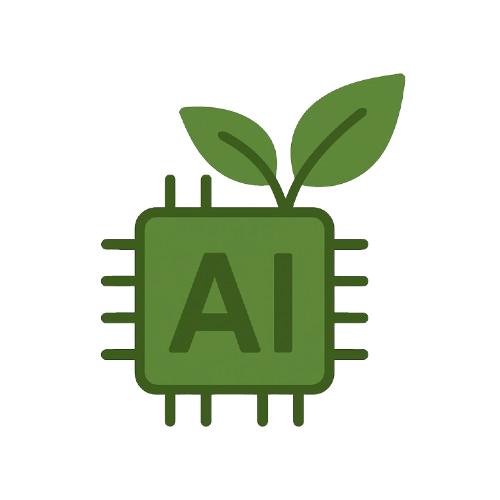Call us now:
Former Google CEO Warns AI Could Consume Nearly All Global Electricity
I know this sounds clickbait-ish, but as reported in many frontline news articles, Eric Schmidt, ex-Google CEO, testified in a recent U.S. House Committee on Energy and Commerce testimony. So are we heading towards an impeding AI energy crisis? A dystopian future where machines farm human beings for energy (“The Matrix” analogy)?
Well not for a foreseeable time. Artificial intelligence (AI) and sustainability stand as two of the most critical topics in business today. While AI is experiencing increasing interest from governments and corporates alike, there is a parallel concern that the focus on sustainability might be losing steam. So, where is the disconnect? Both are profoundly important disciplines and are only in their initial stages of evolution. The intersection of these fields presents both immense opportunities and significant challenges.
 The Growing Energy Footprint of AI
The Growing Energy Footprint of AI
While AI holds great promise to advance and speed up sustainability efforts, its potential impact on emissions is significant and must be understood and addressed. The rise of AI, coupled with increased cloud usage and rising data volumes in traditional applications, is leading to significantly higher IT carbon emissions across industries.
This surge in energy use is driven by several factors:
- Explosion of Users and Applications: Almost 90% of large companies in the US are using generative AI in some capacity. Estimated global AI user count triples from 116 millions in 2020 to 378 millions in 2025.
- Larger, Power-Hungry Models: The number of parameters in models like GPT has grown exponentially (from 1.5 billion in 2019 to 1.7 trillion in 2023).
- Energy-Intensive Activities: More energy-intensive activities are being performed, such as video generation, which requires up to 300 times more power than image generation.
Improvements in the energy efficiency of processes and chips are unlikely to meet this surging demand. As per a recent survey conducted by Bain & Company, data center demand could double by 2027, consuming 2.6% of global energy power. McKinsey’s research estimates that data centers could account for between 2,500 and 4,500 terawatt hours (TWh) of global electricity demand by 2050, representing 5% to 9% of the total energy generated. Meeting this steep demand from data centers alone could cost over $2 trillion in new energy generation resources.
 The Eco-AI Approach
The Eco-AI Approach
Given the increasing number of use cases for AI adoption, we simply cannot turn our back. AI models like DeepMind’s AlphaFold are revolutionizing protein structure prediction, aiding drug discovery. At a consumer level, AI is enabling early and accurate disease detection (e.g., cancer, diabetic retinopathy) and personalized treatment plans. AI is facilitating adaptive learning platforms that personalize education for diverse learning needs and geographies. AI is transforming microfinance and credit scoring without traditional banks, allowing easy access to services in remote areas.
Given the dual nature of AI’s impact, it is urgent that forward-looking CEOs, CTOs, and CSOs push their organizations to use AI in the most effective and efficient ways. Combining AI and sustainability to create what is called an “eco-AI” approach is the key. This includes upskilling staff on eco-design and eco-utilization of generative AI, selecting appropriately sized models for tasks (using the largest model can consume over 100 times more power than the smallest for the same task).
 AI as a Force for Good for the Planet
AI as a Force for Good for the Planet
A complementary approach promotes using AI and digital systems for applications to drive sustainability.
- Delivering Value to Customers: AI can help bridge the gap between consumer desire for sustainable products and their understanding of what really is sustainable. By providing effective ways to communicate about sustainable offerings, AI can tailor product suggestions based on customer preferences. One such example is Ikea’s AI recommendation engine that drives traffic and transactions for sustainable furnishing options.
- Improving Financial and Sustainability Results: Companies can use AI to develop sustainable offerings that also yield cost savings and build new business models. This can involve tracking and rewarding suppliers for reducing emissions, which can, in turn, help create premium, low-carbon product lines.
- Operational Transformation: AI stands to revolutionise how companies identify and implement sustainability improvements within their operations. AI can model the impact of operational decisions on carbon emissions, and other sustainability metrics, thereby reducing consumption of materials, energy, and water.
Merging AI and sustainability offers opportunities for innovation, efficiency, and resilience. However, increase in AI’s energy demand means a smart, sustainable approach is essential. AI requires sufficient supply of Clean Energy, more than ever before.